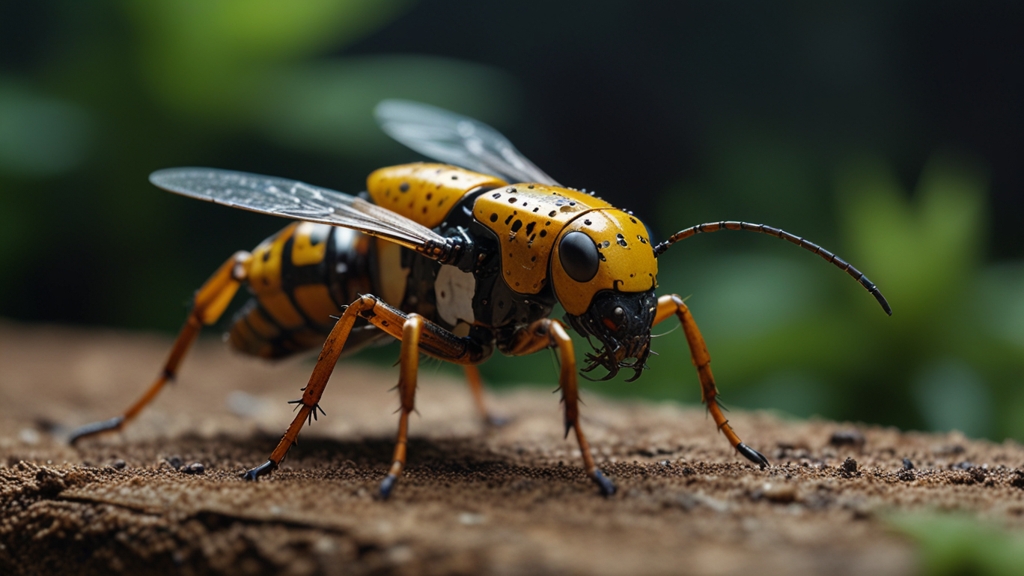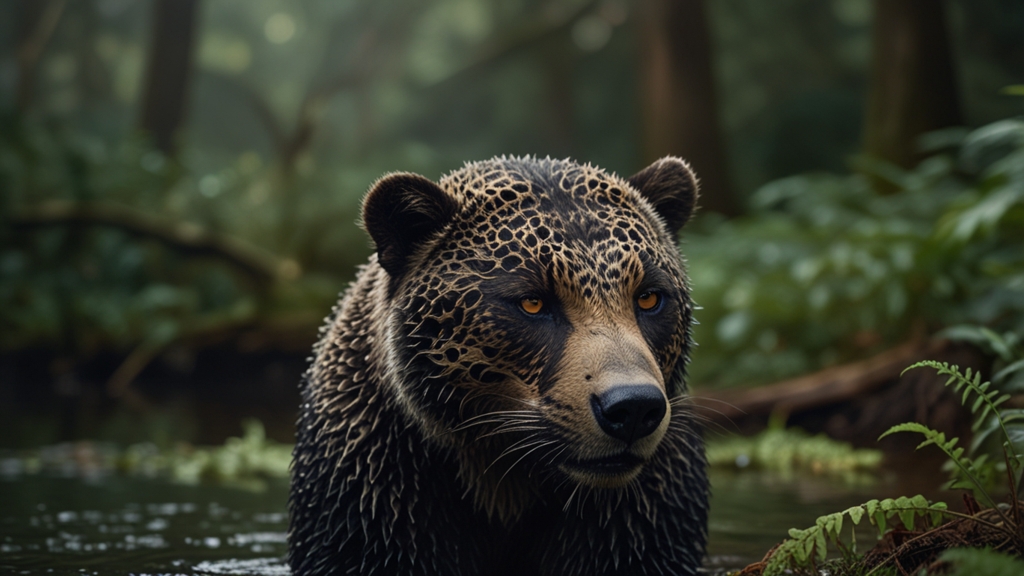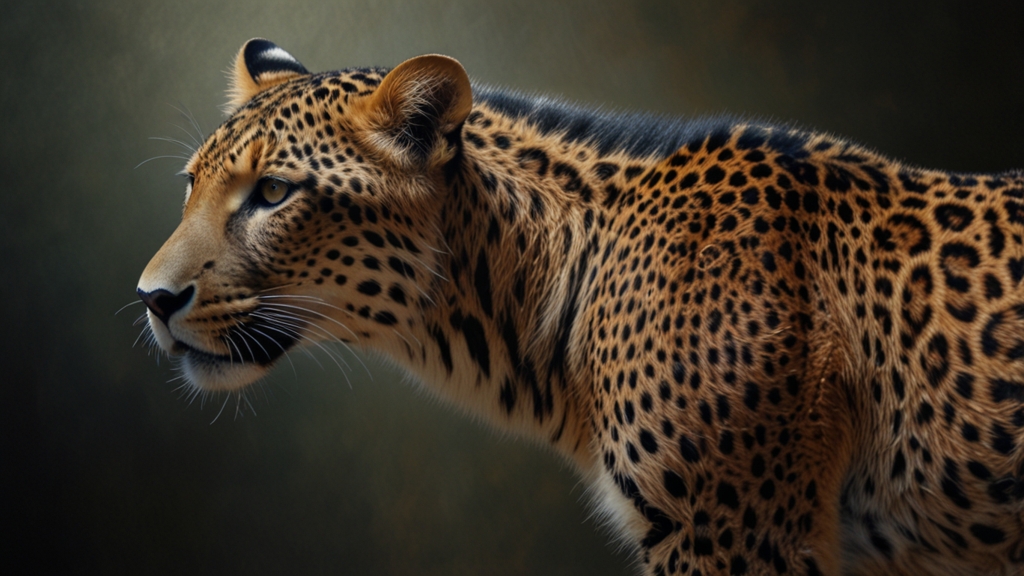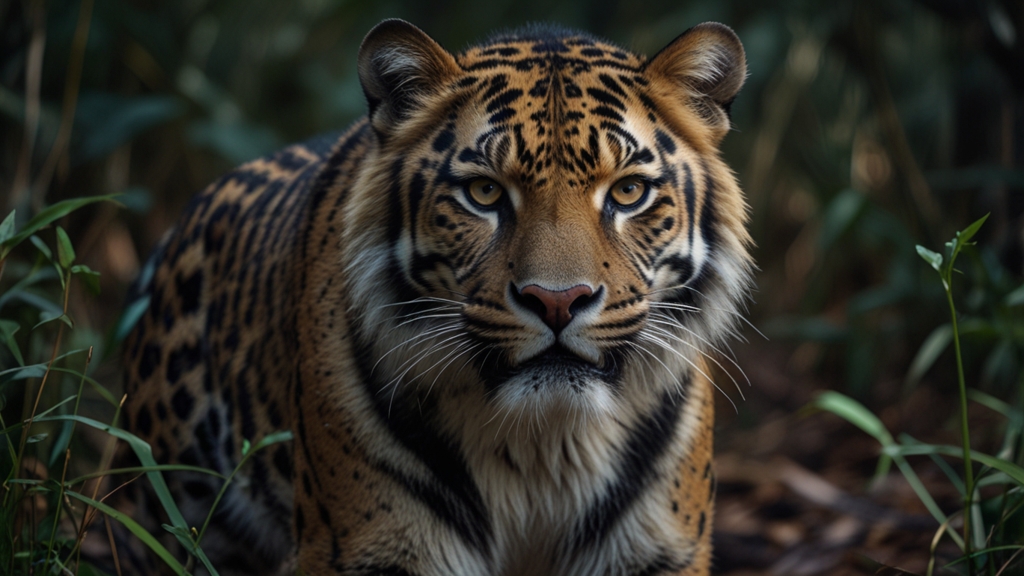Insect-Inspired Robotics: How Nature Is Shaping the Future of Tech
In the quest for innovation, researchers and engineers often turn to nature for inspiration and solutions to complex problems. One of the most fascinating areas of biomimicry is insect-inspired robotics. By studying the incredibly efficient, diverse, and adaptable world of insects, we can develop cutting-edge technologies that push the boundaries of what is possible in robotics. This article delves into how insects are influencing the next generation of robots and the remarkable possibilities that lie ahead.
The Marvel of Insect Anatomy
Insects possess a variety of specialized features that make them ideal models for robotics. Their lightweight exoskeletons, complex joint mechanisms, and highly efficient locomotion systems offer a treasure trove of insights. For example, a beetle's ability to support many times its weight has inspired the development of robots capable of heavy lifting. Similarly, the rapid wingbeats of a hummingbird moth have been studied to create agile flying robots.
Moreover, insects exhibit remarkable proficiency in sensing and responding to their environments. Ants, for instance, use pheromones to communicate and coordinate complex tasks. Understanding these communication methods can enhance the capabilities of swarming robots, enabling them to operate cohesively in disaster relief scenarios, agricultural monitoring, and even space exploration.
"Nature always does things in the most efficient way possible. By mimicking the behavior and mechanics of insects, we can create robots that are more efficient, adaptable, and capable." — Dr. Amanda Watkins, Robotics Engineer
Groundbreaking Applications
One of the leading examples of insect-inspired robotics is the development of micro-robots. These tiny robots, modeled after insects like bees and cockroaches, can access areas that are otherwise difficult for larger machines or humans to reach. Applications for these micro-robots range from medical procedures, such as targeted drug delivery and minimally invasive surgeries, to environmental monitoring, like tracking pollutants in water bodies.
Another promising area is the creation of biohybrid robots, which integrate living cells with synthetic materials. For instance, scientists have developed cyborg beetles where the insect's nervous system is interfaced with miniature electronic devices. This technology not only expands our understanding of biology but also opens the door to new possibilities in robotics, such as precision farming and advanced surveillance systems.
Challenges and Ethical Considerations
While the potential benefits of insect-inspired robotics are immense, there are also significant challenges and ethical considerations. Replicating the complex behaviors and structural elements of insects is no small feat. It demands interdisciplinary collaboration among biologists, engineers, and computer scientists, as well as substantial financial investment.
Ethical concerns arise when considering the use of living organisms in biohybrid robots or the potential for surveillance and military applications. It is vital for the scientific community to establish guidelines that ensure such technologies are developed and used responsibly.
"The ethical landscape of insect-inspired robotics requires careful navigation. The goal should always be to improve human life while respecting the intrinsic value of living organisms." — Dr. Emily Carter, Bioethicist
The Future of Insect-Inspired Robotics
Looking ahead, the future of insect-inspired robotics promises to be as awe-inspiring as it is useful. Advances in materials science, artificial intelligence, and bioengineering will continue to draw from the wellspring of nature's ingenuity. The development of autonomous drones, advanced prosthetics, and AI-driven swarm robots are just a few examples of how this field is set to revolutionize technology.
As we continue to learn from our six-legged counterparts, one thing is clear: the synergy between biology and technology holds limitless potential. By embracing the lessons from insects, we can develop innovative solutions that enhance our capabilities, solve pressing global issues, and create a more efficient and adaptable technological landscape.
In conclusion, insect-inspired robotics is not merely a novelty; it represents a cutting-edge approach to solving some of the most complex challenges of our time. Through the marvels of biomimicry, the future of robotics looks more promising than ever.










